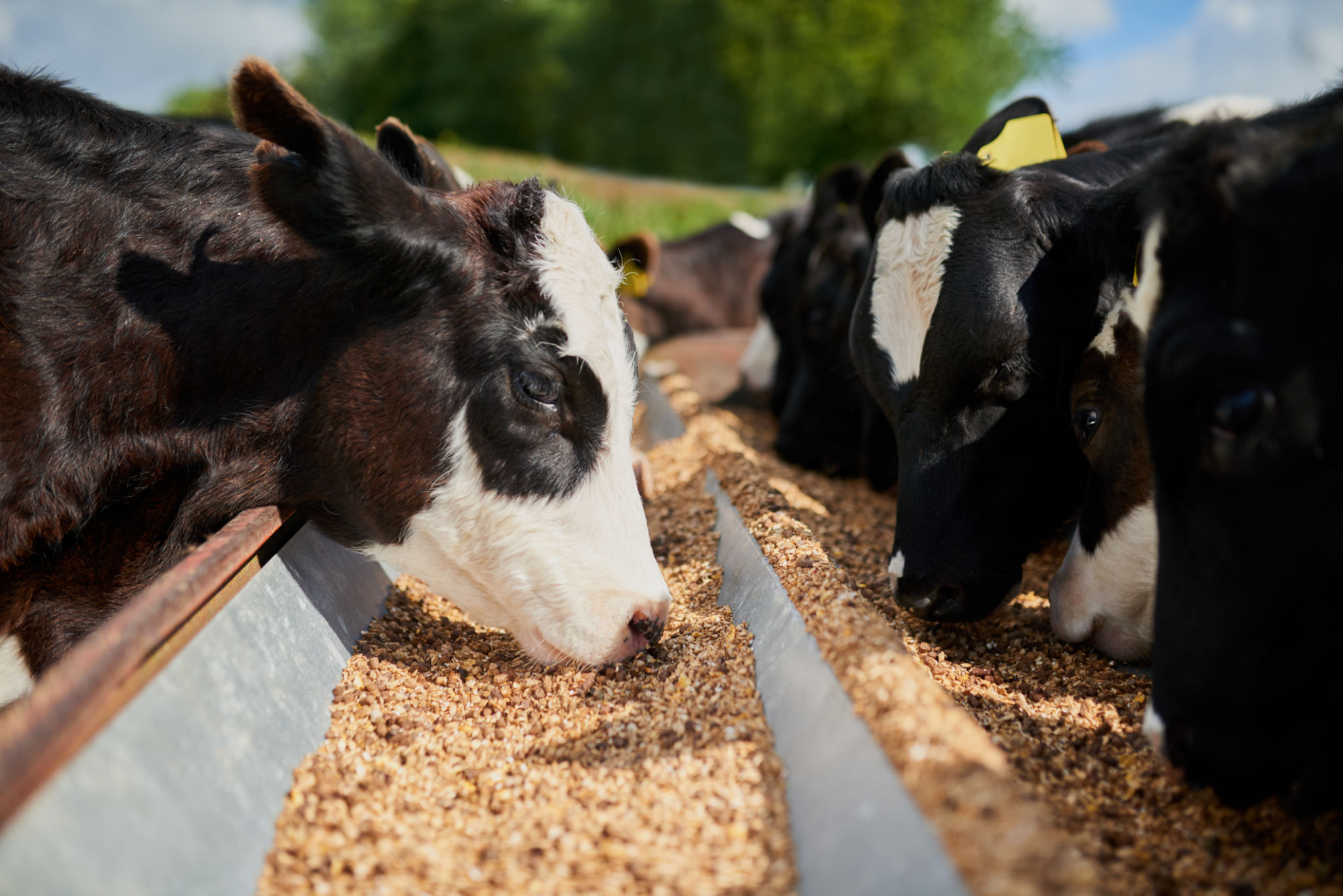How to Choose the Right Hay for Your Livestock: Tips from Double Six Ranch
Understanding Your Livestock's Nutritional Needs
Choosing the right hay for your livestock is crucial for their health and productivity. At Double Six Ranch, we believe that understanding the nutritional requirements of your animals is the first step. Different types of livestock have varying dietary needs, and the choice of hay can significantly impact their well-being.
For example, dairy cattle require hay that is high in protein and energy to support milk production, while horses may need hay with lower sugar content to prevent health issues like laminitis. Knowing these differences helps in selecting the best hay variety for your specific animals.

Types of Hay: An Overview
There are several types of hay available, each with its own nutritional profile. Some of the most common include alfalfa hay, timothy hay, bermudagrass hay, and oat hay. Each type has unique characteristics that make it suitable for different livestock needs.
Alfalfa hay is rich in protein and calcium, making it ideal for dairy cattle and growing animals. Timothy hay, on the other hand, is a grass hay that provides a balanced diet for horses and ponies. Understanding these differences will help you make an informed choice.

Factors to Consider When Choosing Hay
When selecting hay for your livestock, quality is paramount. High-quality hay should be free from mold, dust, and foreign materials. It's also important to consider the hay's color; a bright green hue usually indicates freshness and high nutrient content.
Another factor to consider is the texture of the hay. Soft, pliable stems are usually more palatable to animals compared to coarse, woody stems. Additionally, the leaf-to-stem ratio is a good indicator of quality; more leaves usually mean higher nutritional value.
Testing and Storing Your Hay
Once you've selected the right type of hay, it's wise to have it tested for nutrient content. This can provide valuable insights into its suitability for your livestock's dietary needs. Testing can help you adjust feed rations to ensure optimal health and productivity.
Proper storage of hay is also critical in maintaining its quality. Hay should be stored in a dry, well-ventilated area to prevent moisture buildup and mold growth. Keeping it off the ground and protected from the elements will help maintain its nutritional value.

Consulting Experts for Optimal Results
If you're unsure about which hay is best for your livestock, consulting with experts can be invaluable. At Double Six Ranch, we recommend reaching out to local agricultural extension offices or nutritionists who specialize in animal feed. They can provide tailored advice based on your specific needs.
Remember, investing time in choosing the right hay can lead to healthier livestock and better productivity. By understanding their nutritional needs and selecting high-quality hay, you're setting your animals up for success.
